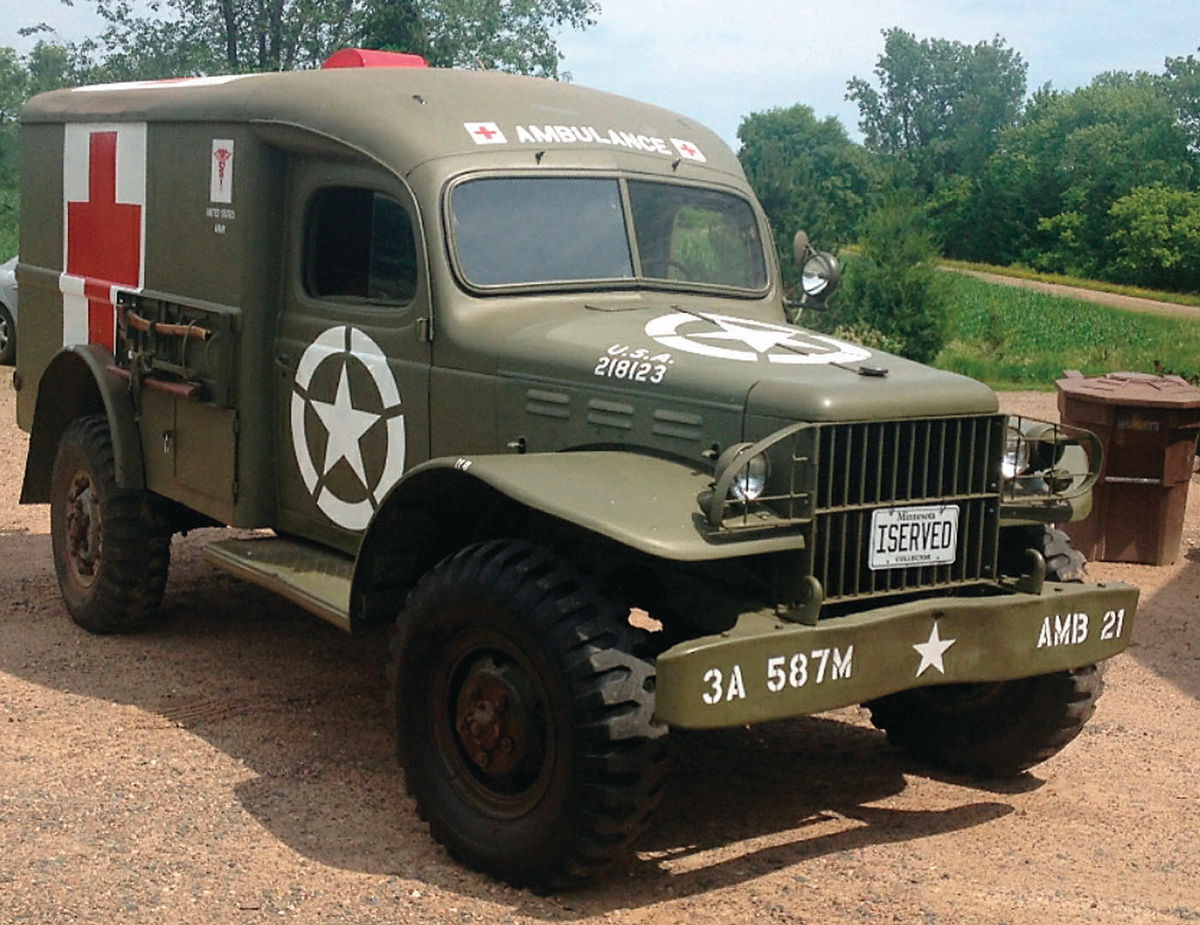Truck shifting issues
Question:
I am completing a frame-off restoration on a 1942 Dodge, straight six, with a four-speed transmission. I did not rebuild the transmission except to flush the old fluid out and replace it with new.
I have replaced the clutch spring, clutch pedal-to-frame bracket, and adjusted things per the Dodge manual. When driving the vehicle, shifting up through the gears works as expected, with double clutching, of course. However, it is a challenge to get the truck to shift down without grinding gears, unless the truck is almost coming to a complete stop.
Given that I can drive and shift up through the gears I am a little confused so, being a long-time reader, I thought you may have some insight for me before I do any additional teardown.
Answer:
As you probably know, when you are back shifting, you need to double clutch just as when you are up shifting, but you also need to bring the engine rpm up to match the lower gear which will be spinning much faster than the higher gear you were in. A little stab of the throttle while shifting is all that is required to make the backshift smooth, but it takes practice. I would try to master this technique before tearing into the transmission.
You’ve already cleaned out the transmission and changed the lube, but the best way to start troubleshooting the transmission is by draining it and examining the oil that was in it. Were there any metal particles? If so, you would want to investigate further. Was there any water in the oil? How about rust? A vehicle of that vintage has probably been through mud and water many times in its long life, and there is a small vent on top of the gearbox where moisture can get in and do its dirty work.
If the oil looks good though, you just need to replenish it with the correct replacement oil. But if it looked dirty, rusty, mucky or you find metal particles, it would pay to check further.
You can examine the transmission further pretty easily by taking the access panel off in the floorboard of the truck and then removing the top plate and shifter from the transmission. Make sure the shifting yokes are not badly worn, and that the mechanism works cleanly and positively without sloppiness. Check the endplay on the gears and shafts by moving them back and forth with your fingers, and look the gears over for wear, stripping and chipping. Minor chipping can be helped by using a whetstone to clean up the chipped surfaces to help the transmission shift smoothly, but to clean them up you will have to strip the transmission and remove the gears.

Check the endplay on the gears and shafts by moving them back and forth with your fingers, and look the gears over for wear, stripping and chipping. Minor chipping can be helped by using a whetstone to clean up the chipped surfaces to help the transmission shift smoothly, but to clean them up you will have to strip the transmission and remove the gears.
The bearings in the transmission may be worn and sloppy too, in which case you will need to find new ones and press the old ones out. You can make a new gasket for the top plate out of fiber gasket material available at the local auto parts store. Don’t be tempted to reuse the old one though, because it is bound to be compressed to the max and will leak if you do.
Your truck’s shop manual will tell you how to take the transmission apart and what to look for. Those old standard gearboxes are pretty simple and forgiving. Probably the hardest part would be to get the tranny out of the truck, and then put it back in when you are finished. I would advise you to use a sling and an engine hoist pushed through an open door of the cab to help you with the weight. And if you were going to all the trouble to rebuild the transmission, it would make sense to put in a fresh clutch as well.















